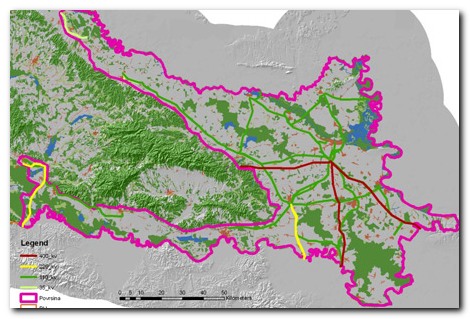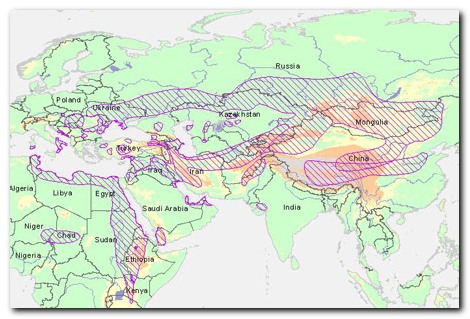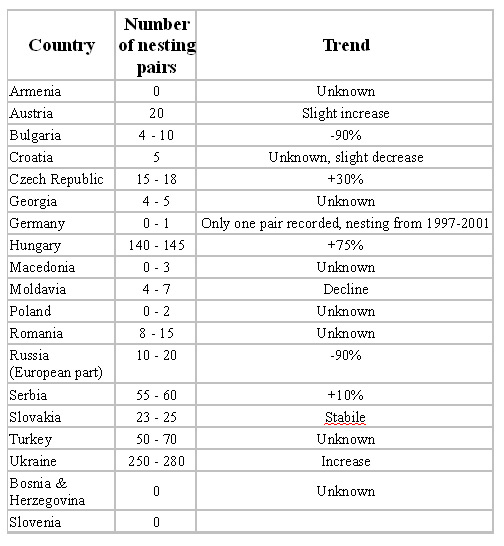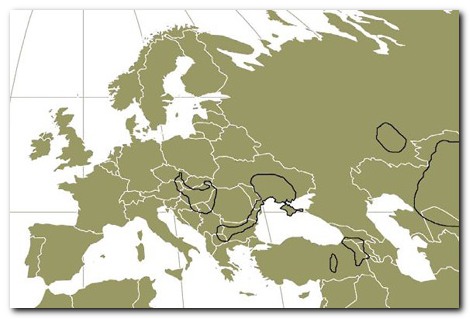The support of the Embassy of the Kingdom of the Netherlands in 2009 allowed us to continue our work on monitoring the Saker falcon in Croatia. We succeeded in implementing a plan and created a map of the power transmission lines with accompanying electric poles that will facilitate our future work.

During the 2009 nesting season, we found two pairs of Saker falcons on the examined power transmission lines. Another pair was observed on a power transmission line on the Serbian side, just opposite the state border. The majority of the territory of that pair, though, is found on the Croatian side. In addition to these confirmed nests on the power transmission lines, one Saker falcon was observed on two occasions near the City of Vukovar, in the same locations as in 2008. It is very likely that this falcon nests in the vicinity of where it was spotted. There are historical data on the nesting of Saker falcons near Vukovar to support this, in addition to the free areas not covered by the territories of other recorded Saker falcon pairs.

On photo: Map of the study area
6/12





